Students with disabilities prepare for life beyond high school
Published in Lifestyles
BELLEVUE, Wash. — Avery Lovern hovered over a table covered in royal blue construction paper, carefully writing the name of his favorite video game.
The 18-year-old is still exploring what might come next after graduation, but his focus was on the party — a vibrant celebration that his classmates at the Evergreen Transition Program planned meticulously, decking out the building’s first floor with tropical decorations and transforming classrooms into discos, movie theaters and game rooms.
Parties like these occur monthly at Evergreen, a 67-student Bellevue School District program that provides essential life skills, education and job opportunities to 18- to 22-year-old students with disabilities. The program aims to pave a smoother path for these students into college and employment, where people with disabilities are often underrepresented.
In a 2023 national survey of more than 25,000 people with intellectual or developmental disabilities, only 17% reported they had paid jobs in their communities.
In Washington, at least in the short term, the outlook is more favorable: Around 40% of people with disabilities found full- or part-time employment within a year of leaving school, according to a state survey of more than 6,500 Washingtonians who exited the K-12 school system during the 2021-22 school year. Fewer than 1 in 5 surveyed reported attending college, while roughly a quarter were neither employed nor attending college.
Securing employment is the Evergreen program’s bread and butter work. Every student must participate in work opportunities secured by the school and work toward finding a job in their area of interest, if that is their goal. Over the past six years, the percentage of graduates from the program who found employment within a year of graduation has ranged from 48% to 78%.
Evergreen, initially tailored for students seeking supportive employment, has evolved to accommodate a broader range of aspirations. The program now supports paths ranging from college-bound to artistic careers. For instance, the school boasts a robust glass arts program, which produces jewelry and other crafts sold throughout the district. This adaptability has allowed students like Alijah Edwards, 21, to discover and pursue passions he hadn’t previously considered.
While every school district is legally required to begin the process of transition services for students with disabilities by age 16, not all offer programs as formal or comprehensive as Evergreen’s.
Transition services are tailored to each student’s needs, often involving a blend of academic support and job placement assistance through collaboration with state and county agencies. But a dedicated program with its own facility and identity, such as Evergreen’s, is relatively rare, officials at the Washington Department of Social and Health Services said.
Social skills are also a crucial part of that transition.
“A lot of students exit the K-12 system in an isolated place,” said Jennifer Strehle, program coordinator.
That’s why, between weekly visits to jobsites, cooking lessons and classes, parties are a monthly affair. Students take turns hosting themed parties. The goal of this party was to visit five activity stations with a friend, and prizes awaited the winners.
“It can be hard for the students to make friends,” said special education teacher Adina Rosenberg, whose class planned Pajama Paradise. She explained that in many special education settings, there is often an overreliance on staff support, with paraeducators and one-on-one aides playing such a central role that it can unintentionally limit students’ opportunities to form natural peer relationships. “It can reinforce learned helplessness,” Rosenberg said, noting that many students then become more comfortable socializing with educators, rather than with their classmates.
To foster connections between students, Evergreen partnered with Aaron Chasan, Rosenberg’s former college classmate and the founder of Thred. The company uses an algorithm to connect individuals based on shared interests. Thred has helped with a handful of other events at the program, linking students based on hobbies such as photography or video games.
Thred typically works with companies to help their employees connect. But it didn’t take much tweaking to make it work in a school setting, said Chasan. They did add one thing, though: so many students were interested in machinery that Thred added it as an interest area.
The value of using Thred, Rosenberg said, is in how intentionally it helps create space for student-to-student connection. “The big win,” she said, “is stepping back and letting students engage with each other.
Upstairs, Jorge David quietly operated a station he designed — a glow-in-the-dark ring toss game paired with cornhole lit with neon accents.
“It’s a fun place to make new friends,” he noted.
David will attend college in the fall through Washington State University’s ROAR, Responsibility Opportunity Advocacy and Respect, a residential postsecondary program for students with intellectual and developmental disabilities.
Making friends
Samuel Wong, 20, and Angel Vargas Madrigal, 19, were among the first students to complete the day’s objective.
Thred had suggested they were a good match because they were both interested in drawing and photography. But they connected in a room dedicated to break dancing and emerged from that room laughing and sweating.
“It’s been great being able to share energy and talents here,” said Wong, an aspiring interior designer. He is applying to the Occupational & Life Skills Program at Bellevue College next year, where students with learning disabilities can earn an associate degree.
After showing their work to the staff, the pair rummaged through a bin for their prizes. Madrigal chose a fidget spinner, and Wong settled on Pokémon and Winter Soldier stickers.
Students interact with the program as much as they need. Some drive to the building once or twice a week, while others are there full time.
Students gain real-world experience in settings such as Everbean cafe at the school district’s headquarters or working at Overlake Medical Center. At the same time, they work with staff to determine the types of jobs they would like to apply for, based on their interests and skills.
That student-centered approach is essential to any transition program, said Josh Taylor, a professor of special education at Washington State University. Often, people with disabilities are “pigeonholed” into work that doesn’t interest them or doesn’t have growth opportunities, he said.
“Like anybody else, people with disabilities thrive when they like what they’re doing,” said Taylor, whose research focuses on employment interventions and outcomes, particularly for transition-age youth.
Rosenberg, previously a high school special educator, also appreciates this focus on autonomy, which enables her students to have greater involvement in Individualized Education Plan processes. In high school classes, she had only 50 or so minutes to work with students, and the time was often spent meeting rigid academic standards.
She recently co-led a class with one of her Evergreen students at the University of Washington, Tacoma, emphasizing student participation in their education planning.
As the Pajama Paradise party wound down, students lingered over their waffles. Staff milled about, assisting students and having a snack break of their own. Chasan and his co-founder at Thred, Ayush Srivastava, said several students completed more than the required five activities with their matches.
When students graduate this year, they will leave the program with six more friend recommendations through the Thred algorithm, as well as ways to stay in touch with them.
Students seem to be embracing that emphasis on social connection. When seven students were asked what their favorite part of the program was, they replied, “making friends.”
Keeping those friendships going will be the challenge, said Rosenberg. However, the bonds formed during the parties give her hope.
Madrigal and Wong, the first pair to complete the party challenge, talked to each other even when no one else was around, she said. Since the party, they’ve been chatting when they bump into each other at school.
“That’s huge,” said Rosenberg.
©2025 The Seattle Times. Visit seattletimes.com. Distributed by Tribune Content Agency, LLC.
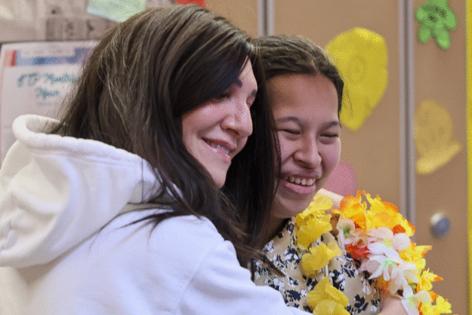
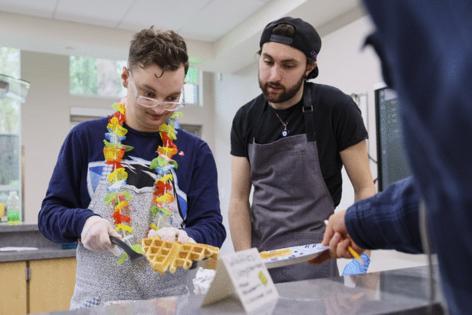




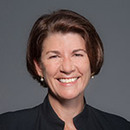
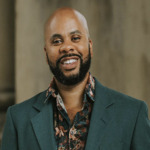
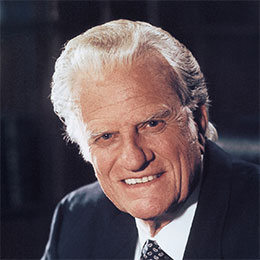


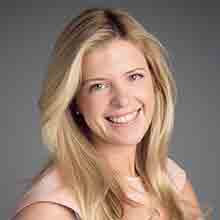
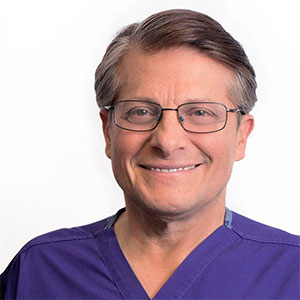
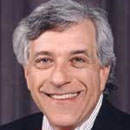
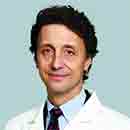
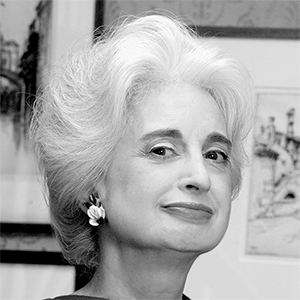
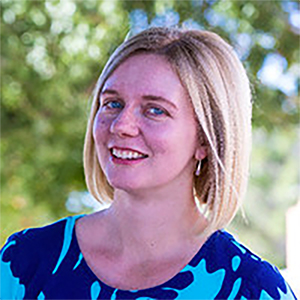
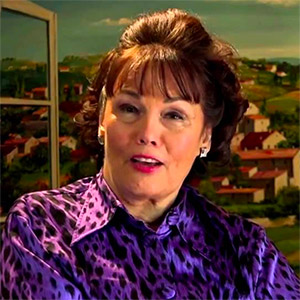
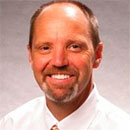
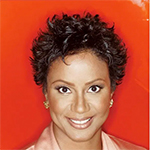
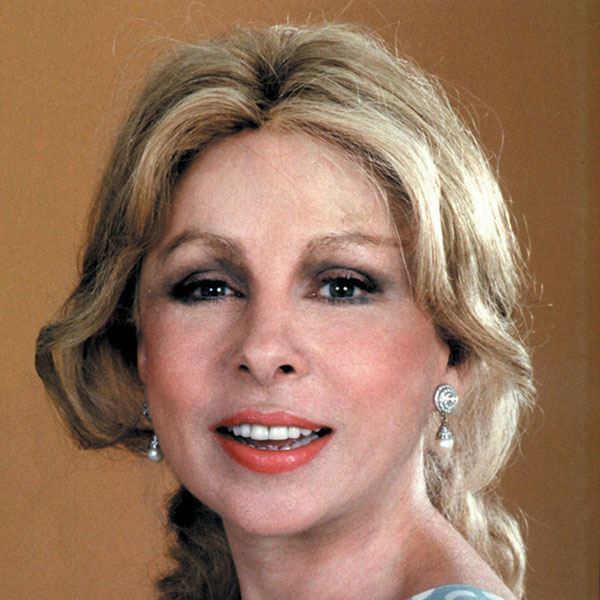
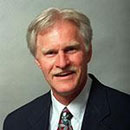
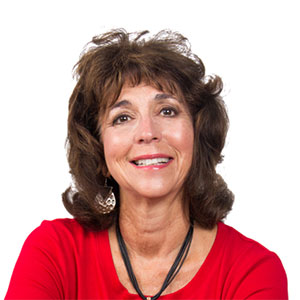

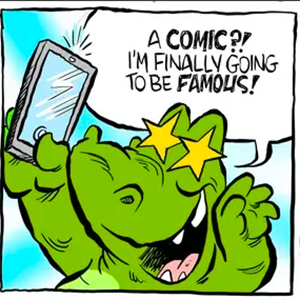



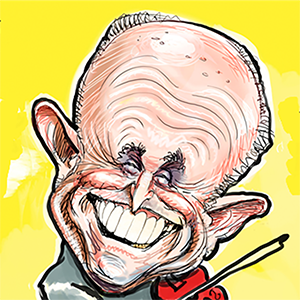
Comments